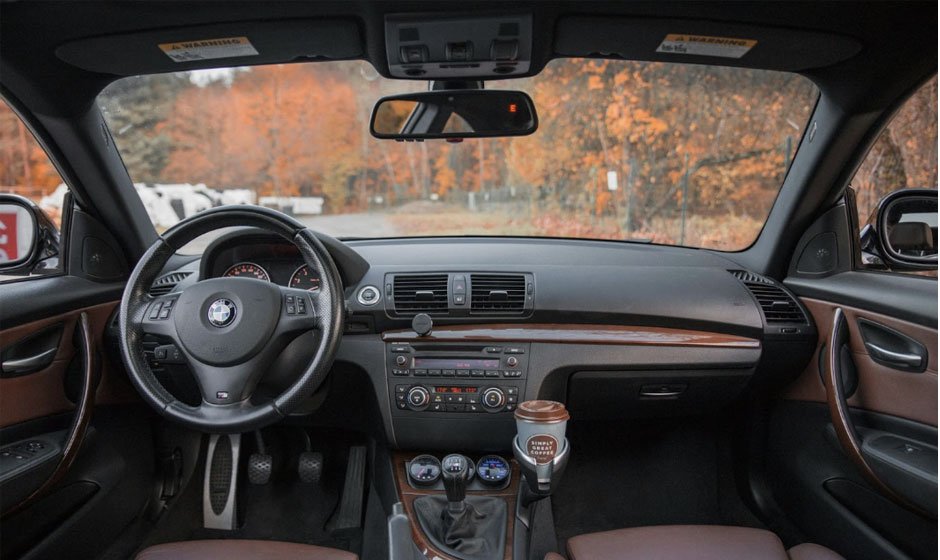If you’re buying your first new automobile or acquiring a used vehicle from a car auction, you’ll likely have many questions. Even for car enthusiasts purchasing a second or third vehicle, certain aspects may not be entirely clear. One crucial aspect deserving special attention is the choice between a mechanical or automatic gearbox.
While most people are aware that manual transmissions require manual gear shifting and automatic transmissions do it automatically, understanding the principles of operation and the pros and cons of each is essential. This article aims to simplify the decision-making process by addressing these questions comprehensively.
Mechanical Gearbox

The operating principle of a mechanical gearbox is straightforward. The driver manually shifts the gears, enabling the transmission of rotational power to the car’s wheels, allowing for optimal engine performance at specific speeds. Pressing the clutch disengages the chain, interrupting the transmission of torque.
Here’s a simplified explanation of the process: a lever in the cabin allows the driver to select the desired gear, and upon releasing the clutch, the chain engages with the new gear. Manual transmissions are renowned for their reliability in terms of transmission. They boast a simple design and operate without the need for electronic components, making them a dependable choice.
Advantages of Manual Transmission
Understanding the nuances of a manual transmission allows for fuel savings by operating the engine at its lowest consumption levels. Shifting the car into neutral, for example, enables the motor to idle, contributing to efficiency.
Manual transmissions provide the driver with the ability to adjust engine speed, facilitating downshifting for additional torque during overtaking or accelerating to the desired speed more quickly. The gearbox can also be utilized for braking in emergency situations, enhancing dynamic control. Due to their simpler design, purchasing or repairing a manual transmission in salvage cars is significantly more cost-effective compared to an automatic transmission.
Learning to drive a manual transmission offers valuable experience and enhances versatility. This skill allows drivers to operate different cars confidently. Constantly driving an automatic may lead to difficulties, especially in the initial stages of movement. Manual transmission drivers develop the ability to listen to the engine, detect unusual noises, and cultivate attentiveness and responsibility.
Disadvantages of Manual Transmission
In city driving, operating a manual transmission can be inconvenient, especially in stop-and-go traffic. The constant use of the clutch and gear lever can become tiresome for the driver, and the repetitive motions at traffic lights can be frustrating.
Novice drivers may unintentionally stress the engine through improper gear shifting, potentially reducing its overall lifespan. Similar issues can occur with the clutch, as inexperienced drivers may inadvertently burn it out through improper usage. While manual transmission repairs are generally more economical than automatic transmissions, they still incur costs.
Automatic Transmission

In the past, cars equipped with automatic transmissions lagged behind their manual counterparts in various aspects, despite their ease of use. They suffered from high fuel consumption and had fewer gears, resulting in diminished car dynamics. However, continuous advancements have significantly enhanced automatic transmissions, surpassing manual transmissions in several aspects.
Advantages of Automatic Transmission
Premium cars with automatic transmissions and dual clutches now boast improved acceleration dynamics. Budget models typically feature more traditional components, making them suitable for beginners, although this advantage may not be immediately perceptible to novice drivers.
Automatic transmissions offer unparalleled convenience, allowing drivers to navigate smoothly, even for those behind the wheel for the first time. With their computer-controlled gentle mode of operation, automatic transmissions contribute to prolonged service life for both the transmission and the engine. The driver’s inability to manually control engine revolutions adds to the system’s longevity.
While the convenience of automatic transmissions is a significant advantage, it’s essential to note that they come with several disadvantages.
Disadvantages of Automatic Transmission
Automatic transmissions offer convenience but come with drawbacks. They are more expensive due to their complexity, leading to higher maintenance expenses. While newer automatic transmissions have improved fuel efficiency, some argue manuals are still more economical. Driving enthusiasts may find manuals more engaging, as they provide direct control over power and speed. Automatic transmissions may cause a slight power loss due to the torque converter. Repairs for automatic transmissions are often more complex and costly. In towing, manuals may offer higher capacity. Learning to drive a manual may enhance driving skills. However, advancements in automatic transmission technology are minimizing these issues over time.
Summing Up

Choosing between automatic and manual can be a challenging decision, especially for beginners. For a more accurate understanding of the processes within the vehicle, starting with a manual transmission is recommended, despite its inconvenience. While driving with a manual transmission may be less enjoyable, especially in city traffic, the initial car is typically replaced after a few years, allowing drivers to gain valuable experience.

